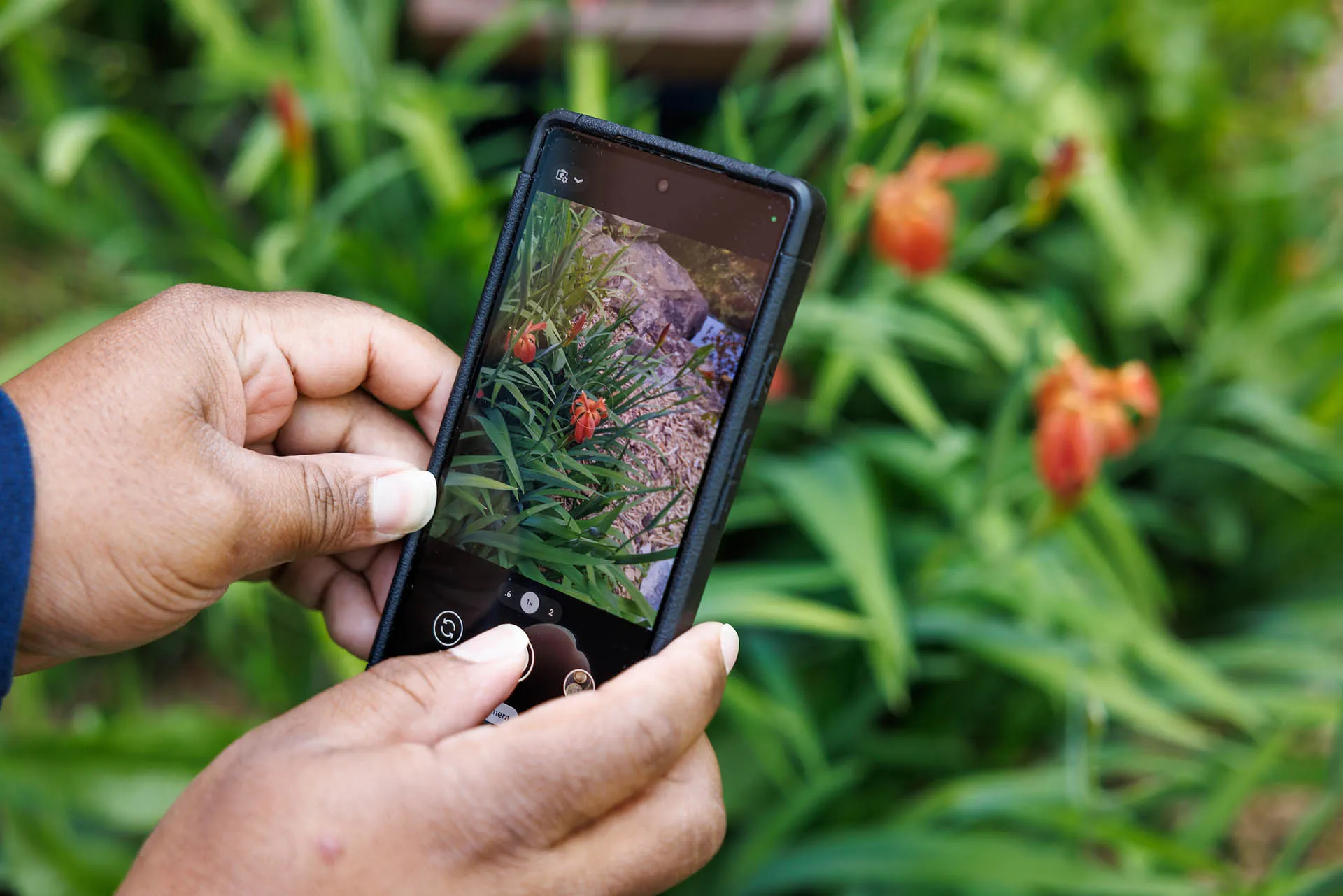When you think about wildlife biologists or ecologists, you might picture teams of veteran scientists embarking on expeditions to exotic locations in search of new or elusive plants and animals. This might suggest a high barrier to clear for those who would like to contribute to our understanding of the natural world, but citizen scientists can lend their efforts to vital research just by using the device in their pocket.
Equipped with nothing more than a smartphone, time to roam the outdoors and an insatiable curiosity, you can help researchers around the world study the movements and habits of plants and wildlife using the iNaturalist app.
What is iNaturalist?
iNaturalist is a platform for citizen science that anyone can use to upload photographs of the plants and animals they encounter every day.
A joint initiative created by natural sciences powerhouses National Geographic and the California Academy of Sciences, iNaturalist exists as both a web platform and a smartphone app. It was created to allow its users to contribute data to biodiversity science — the study of the variety of life found throughout Earth’s multitude of ecosystems.
Users upload photographs and identifications of animals they see around them to the iNaturalist platform, where the images can be verified by experts. Observations uploaded to iNaturalist are then shared with scientific data repositories like the Global Biodiversity Information Facility, where scientists can access and make use of its data in their research projects.
With robust privacy settings, users can control and limit potentially sensitive data that is shared with these projects, such as location tags.


Why use iNaturalist?
In addition to lending a hand to scientists, iNaturalist is great to use if you’re simply curious about the organisms you’re seeing around you. Though it exists primarily as a scientific research tool, its extensive database also is a valuable resource for curious individuals and amateur naturalists who want to know the names of the plants and animals they are encountering.
With the help of powerful machine learning, it can suggest organism identifications from uploaded photographs. If that isn’t accurate enough, it functions as a crowdsourcing tool, where experts can verify the organism you’ve found after it is posted. It can also be used to identify birds using audio recordings of birdsongs.
iNaturalist also enables users to track the organisms they’ve encountered during their adventures. Plenty of naturalists like to collect a record of every animal or plant they’ve found, and iNaturalist provides a simple cloud-based resource for tracking the species with which you’ve crossed paths.
This tracking feature also allows nearby users to see what animals have been identified around them. If you’re an outdoor enthusiast who is hoping to encounter a particular species, you can see where — or if — it has been observed in your area.
How to use iNaturalist
Download the smartphone app for Apple or Android devices, or sign up at the iNaturalist website. Once you’re signed up — you don’t even have to use your real name or a photograph — begin taking and uploading photos!
Once you upload an image, iNaturalist will offer a list of suggested organisms that may match what you found. Select the one that appears to be the closest match, and tap the “compare” button to get a side-by-side view for confirmation.
Once you identify and submit your finding, it will be listed as “Needs ID” until your identification can be verified by an expert. When that happens, it becomes “Research Grade.” Keep in mind that the only observations that “count” when logged to the site are those with accompanying photographs or audio recordings.
If you’re interested in plants, be sure the plant you’re reporting wasn’t planted purposefully in its location by a human. You can’t use trees planted along the sidewalk in a city, for instance, if you want that data to count. While you can upload them if you would like to identify the species, be sure to mark them as a captive or cultivator organism. iNaturalist is focused on wild data.
You can post photos of organisms weeks or even years after the image was taken. It doesn’t have to be done immediately. If you used your smartphone or a camera with the correct date and time setting, it can even pull that information for an accurate timestamp on the report.
Use iNaturalist to aid the City Nature Challenge
The City Nature Challenge (CNC) is a worldwide competition to see what cities around the world can identify the most organisms in a limited time frame. Beginning as a citizen science day, it is now connected to Earth Week.
From April 26 – 29 (2024) cities will compete to see who can find the most species. Chattanooga will be competing again this year, so if you live in the greater Chattanooga area and like to spend time outdoors, bring your smartphone and see what you can identify.
To participate, set up an iNaturalist account and go to the “projects” section. Search for “City Nature Challenge 2024: Greater Chattanooga Area” and tap join. Be sure you choose to add your finding to this project every time you upload a new photo taken in the target area through April 29.
